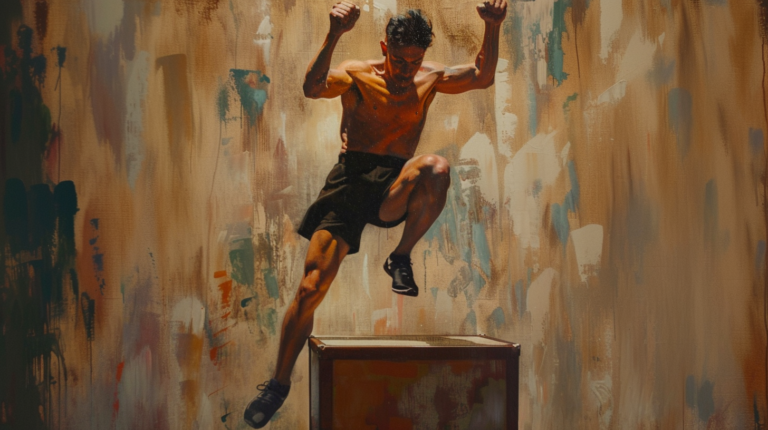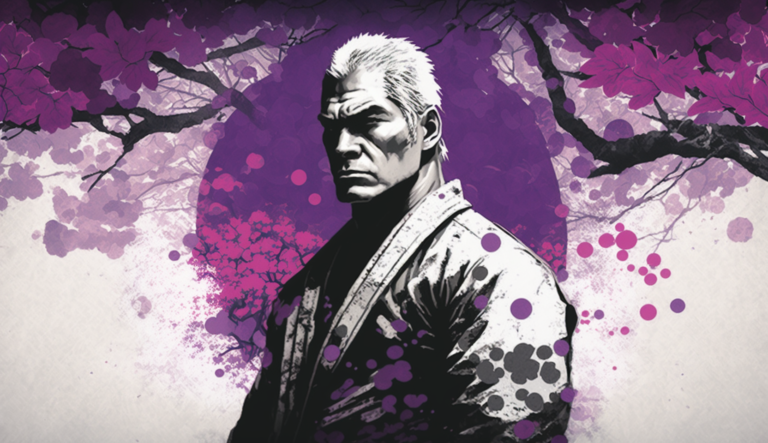Which Martial Art Has The Most Injuries?
The benefits of martial art training come at a certain cost as training in the majority of combat systems carries a risk of injury. The risk is usually lower in grappling arts, higher in striking arts, and highest in hybrid arts. You may wonder, which martial art specifically has the highest injury rate actually, and why?
With an injury rate of 228.7 per 1000 exposures, or 28.6 injuries per 100 fight participations, there’s one art known with the highest injury rate of them all. The most common list includes injuries such as lacerations, and bruises, as well as severe ones like concussions and bone fractures. Let’s find out which it is.
This article includes the most popular martial arts practiced worldwide so the list doesn’t include systems like Lethwei or Bare Knuckle Boxing for instance.
Which Martial Art Has The Most Injuries?
If you consider MMA as a legitimate martial art as most people within the martial art community do, then this hybrid system is certainly at the number one place when it comes to risk of minor and severe injuries. The risk of a student or competitor suffering any type of injury is much greater than in the majority of other martial arts, especially grappling-based ones. But what makes MMA so dangerous, and is it more dangerous than other combat systems?
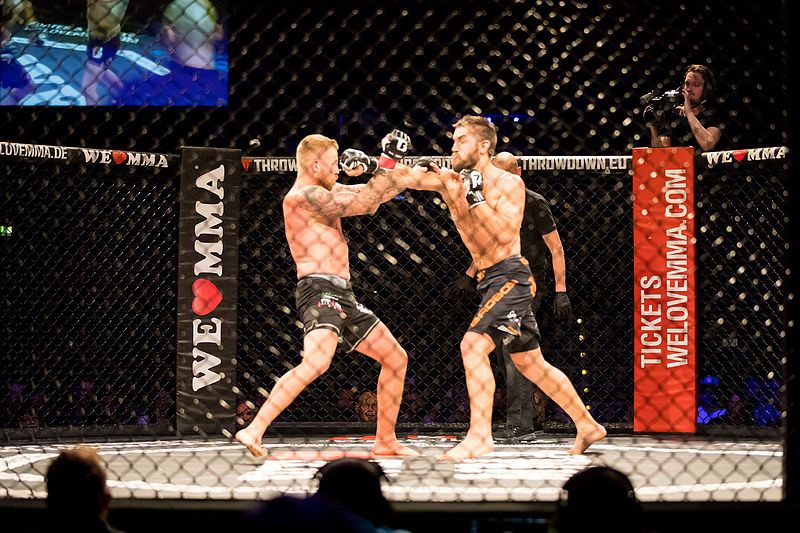
MMA is the most complex combat system of them all because it is the only one that covers all the aspects of combat. Athletes are allowed to strike using all eight points of contact (punches, kicks, elbows, and knees), take each other down using takedowns, grapple and strike on the ground, and submit each other with chokes and joint locks.
On top of that, fighters wear 4 oz open-fingered gloves that offer little to no protection. So naturally, there are many ways athletes can get hurt in MMA competitions. Training is not any safer though as the emphasis is on full-contact sparring during striking, grappling, and MMA sessions each week.
The most frequently injured body regions and the most common injuries associated with these regions are:
- Face/head injuries (32.5%) — cuts, bruises, concussions
- Wrist and Hand (15.2%) — jammed fingers, broken fingers, broken wrist
- Knee (13.2%) — ligament tears (PCL and ACL).
- Foot (9%) — ankle sprains, plantar fasciitis, Achilles tendonitis
- Shoulder (7.9%)
- Elbow (5%)
As far as training is concerned, the majority of injuries happen during the grappling sessions (42.5%) and 33.3% during striking.
Let’s move forward to take a look at the other martial arts that like MMA also have a high injury rate and even impose more danger to your health.
List Of Martial Arts With a High Injury Rate
Following is a detailed look into the most dangerous martial arts when it comes to injury rate, and an explanation of what makes these combat systems so risky to train in.
Boxing
According to studies dedicated to professional matches, boxing has an injury rate between 17.1 and 23.6 per 100 fight exposures which is quite high. Although this is lower than in MMA, bear in mind that boxing is actually considered more dangerous due to its emphasis on head strikes.
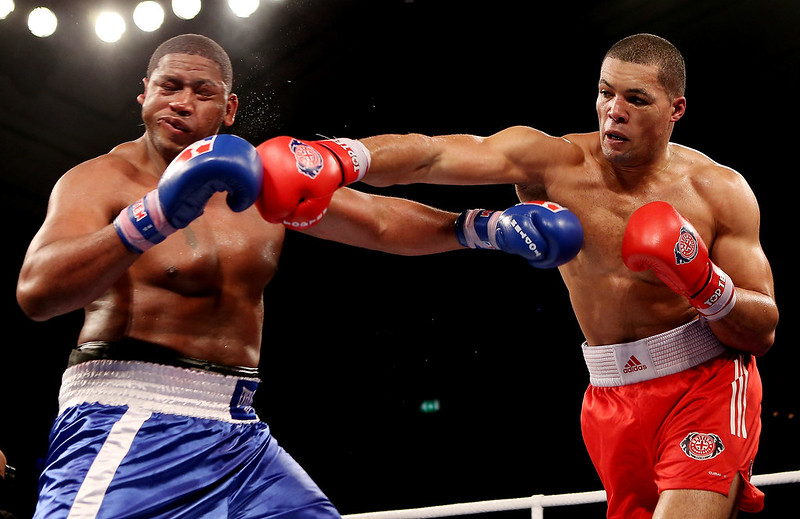
There is a greater risk you can get hurt in MMA but the majority of these injuries are not severe and happen during grappling and wrestling. In boxing, the average boxer throws around 800 punches per 12-round match and lands with an accuracy of 30–40% with the majority of these landing on the head. So head injuries and the risk of long-term brain damage such as CTE due to repeated concussions is very, very high. Other injuries such as rib fractures, facial lacerations, broken jaw or nose, broken fingers, and wrists are also quite common and happen in almost every fight.
This is why many experts believe that boxing on paper has fewer injuries, but is more damaging to your health in the long run.
Muay Thai / Kickboxing
Muay Thai is known as one of the most brutal combat sports so it’s not a surprise it has a high injury rate. The overall injury rate according to “Injury Epidemiology” is 55 per 100 professional fight exposures which is really high. However, there are also other studies suggesting this number is much lower. Still, no one can deny that Thai boxing as a concept is dangerous.
It is a combat sport where fighters strike each other using punches, knees, elbows, and knees. They can fight at a distance, close range, and inside the clinch. The emphasis is on throwing each strike with full power, primarily kicks, knees, and elbows to hurt the opponent and finish the match early.
Training is brutal, emphasizes hard sparring as the most effective method to prepare for real combat, and also includes grueling cardio and strength workouts that are really hard on your body.

Overall, Muay Thai training has many physical and mental benefits and it is a very effective system. But you also must accept the fact that sooner or later, you are going to get hurt.
Taekwondo
Surprisingly, Taekwondo is among the martial arts with the highest injury rate. Although many people within the community criticize modern Taekwondo for putting too much emphasis on competition and less on self-defense, training remains very intense. The main reason is the fact that Taekwondo includes full-contact sparring where the emphasis is on powerful kicking techniques.
For instance, Taekwondo athletes are known as the hardest kickers of them all. They are capable of generating a massive force in each kick and being hit by those is equal to being hit with a baseball bat and they are absorbing those types of force in just about every training session when they spar or compete. So it is not a big surprise that foot and leg injuries are quite common, as well as upper body injuries such as rib fractures and concussions. A kick carrying such a force can easily break a bone or do damage to the brain.
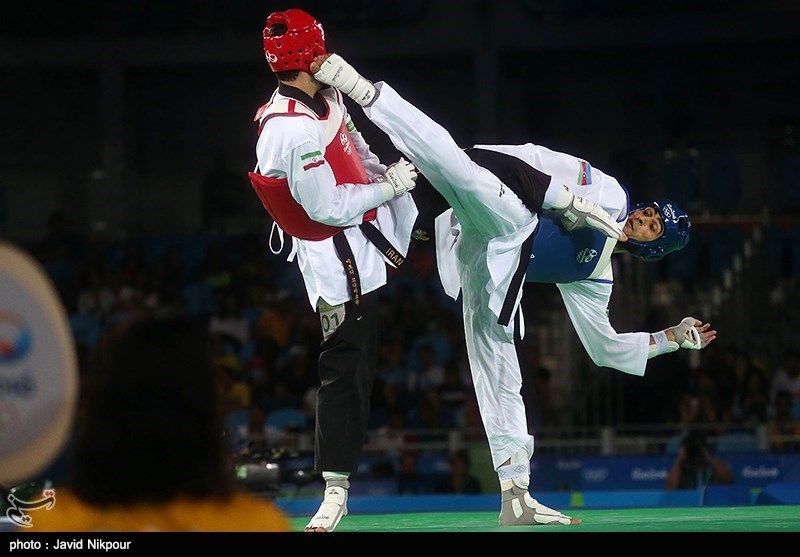
During the competition, Taekwondo athletes suffer around 38.55 injuries per 1000 athlete exposures with the injury rate being significantly higher among males.
How To Prevent Injuries In Martial Arts?
Training in martial arts comes with a relatively high injury rate but also, there is a lot that you can do to minimize the risks. Here are some good tips.
Cool down with static stretches — is a must if you want to stay healthy. After each training session, do 10–15 minutes of static stretches to reduce the risk of acute muscle strain injuries. This also improves relaxation as well as the range of motion and flexibility.
Warm-up with dynamic stretches — is mandatory. Before every session, do some light cardio workout to increase the blood flow through the muscles to warm them up and prepare for an intense workout. The risk of injury significantly increases if you engage in an intense activity with cold muscles.
Always wear protective gear — never engage in full-contact or hard sparring sessions without gear. In striking arts, this includes padded gloves, head guard, mouth guard, hand wraps, shin guard, and groin guard. There is no point in sparring without the gear because you will almost certainly get hurt.
Hydrate and eat healthy— During the session, you will lose plenty of water through the sweat and you need to stay hydrated all the time. During the recovery phase, be sure to consistently drink water and eat well to support the process. Instead of eating street food, focus on balanced meals rich in protein, healthy fats, carbs, fruit, and vegetables. This will speed up the recovery time and help stay strong and healthy.




